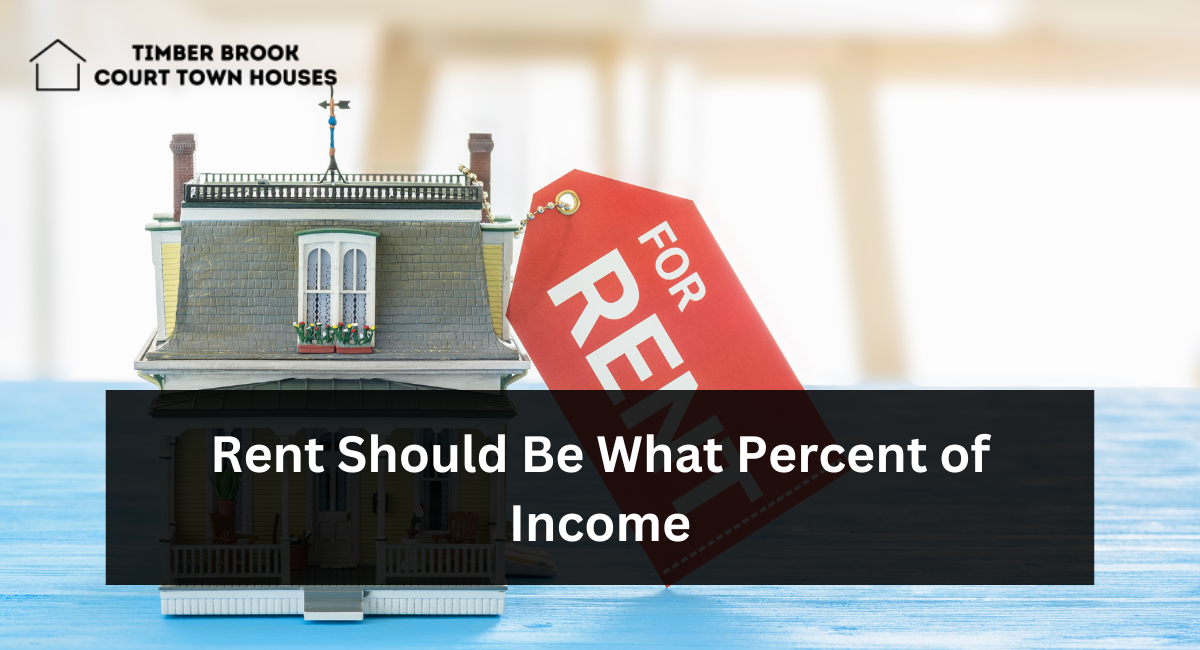Many have heard about the 30% rule stipulating that rent should represent no more than 30% of income. Its basis can be found in national housing guidelines.
However, this rule doesn’t consider your specific expenses or lifestyle; additionally, it disregards any changes to the local real estate market that may occur over time.
Cost of living
Personal finance experts often suggest limiting rent to no more than 30 percent of your income, which can help ensure you don’t overspend on housing expenses, which can become one of the highest expenses of living. However, this rule doesn’t always fit all people; therefore, it may not apply. Instead, consider basing your budget on your net income (after taxes) to ensure you can live comfortably within your means.
The cost of living indicates living expenses in any particular city or country, considering prices for necessities like food, shelter, and healthcare and non-essential expenses such as entertainment, education, and transportation. Cost of living estimates differ based on where people reside and work. It may impact decisions about where one settles.
The 30% rule can provide a helpful starting point, but when determining your rent payment, it is also essential to consider other aspects of life. For instance, if paying more than 30% is necessary to be closer to work and save on transportation costs, this sacrifice may be worthwhile. Also, remember any debt payments or financial goals you may have, as these should also be factored into this calculation.
Expenses
Rent expense refers to monthly payments for occupancy of buildings or spaces, usually recorded in an expense account and invoiced according to generally accepted accounting principles (GAAP). Sometimes, lessors provide free months or discounts on rental fees that reduce this expense; such reductions should be recorded as deferred rent assets/liabilities accounts.
As you decide how much of your income to devote towards housing expenses and financial goals, it is essential to remember all expenses and objectives. With the cost of living increasing annually, keeping rent as low as possible will allow you to stay within your budget and save for other things.
The 30% rule provides a general guideline for estimating how much your income should go toward rent payments. Unfortunately, it doesn’t consider inflation and rising rent prices and could prove misleading in households with high levels of debt or savings goals.
Ask other property managers in your area what their rent expenses are to gain an idea of the market in your neighborhood. Additionally, network with local real estate investors and income property owners. They will have firsthand knowledge about rent in your area and can offer tips to maximize income while minimizing expenses.
Income
Experts advise spending no more than 30% of your income on rent. While this can be challenging in areas with higher costs or depending on lifestyle factors such as working from home or traveling frequently, remember to include all expenses into your budget, including food and clothing purchases, when creating your plan.
Rent is an integral component of tenant financial health, and this percentage gives landlords an essential insight into their ability to pay. Landlords should take note of prospective tenants’ income and expenses, such as credit history and debt payments when considering who should rent their properties.
Your income and circumstances will help determine how much it should go toward rent; finding the most effective approach depends on each case. Budgeting apps can help track expenses and savings so that you know exactly how much is set aside for monthly rent, along with utilities, insurance premiums, and fees that could apply. Aim to spend as little on housing expenses as possible to leave enough in your budget for debt repayment, savings goals, or any other necessary fees.
Rent
The general guideline states that no more than 30% of your income should go toward rent. National housing guidelines established this percentage and have become the standard for rental affordability; however, this formula doesn’t consider inflationary changes and household income; student loan debt or credit card expenses are not included.
Additionally to the 30% rule, it is also wise to develop a budgeting plan explicitly tailored to your lifestyle and financial situation. One effective method for this is tracking expenses to understand how much you spend each month and cutting down unnecessary spending while saving more – for instance, by canceling takeout orders and other monthly recurring charges like cable/streaming services.
An income-to-rent calculator is an effective way of determining how much rent you can pay each month. The calculator will generate a list of maximum monthly rent payments based on your gross annual income, helping you find an apartment that matches your budget. Furthermore, increasing revenue through new employment or asking for raises at existing jobs may also be possible.
Conclusion:
In conclusion, determining what percentage of your income should go towards rent is pivotal in achieving financial balance and housing stability. The commonly recommended guideline of spending around 30% of your income on rent provides a benchmark, but individual circumstances vary. It’s crucial to assess your overall financial picture, considering factors like other living costs, debts, and savings goals. Striking the right balance ensures that you meet your housing needs comfortably and have the financial flexibility to pursue other aspects of your life. Making informed decisions about the portion of your income allocated to rent sets the foundation for a more secure and well-rounded financial future.

